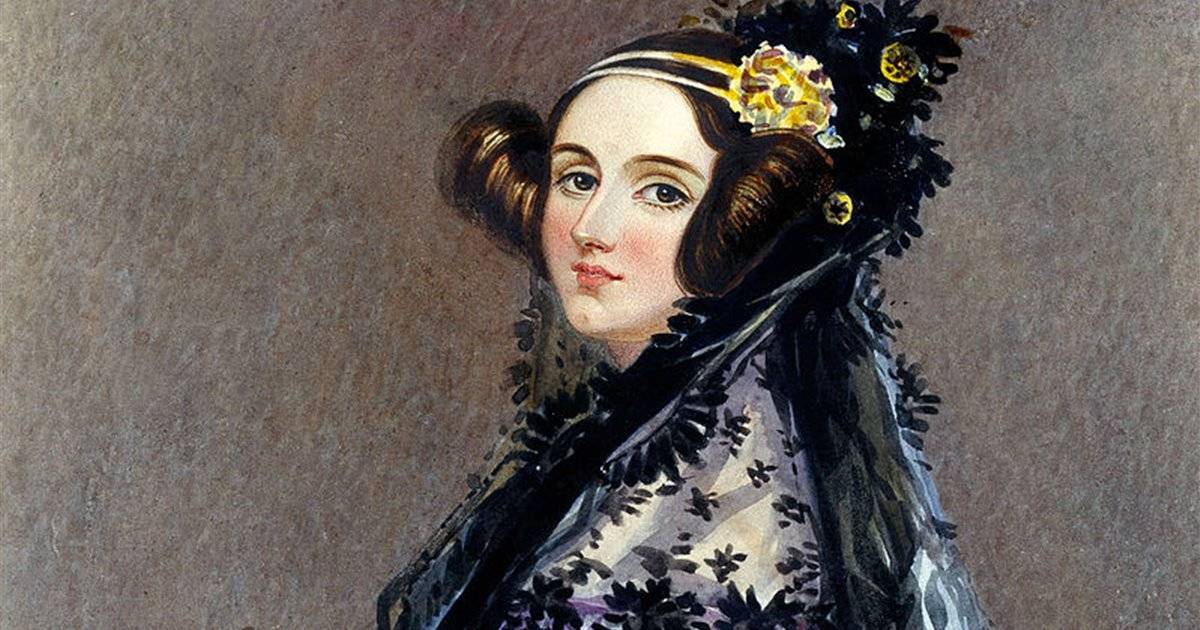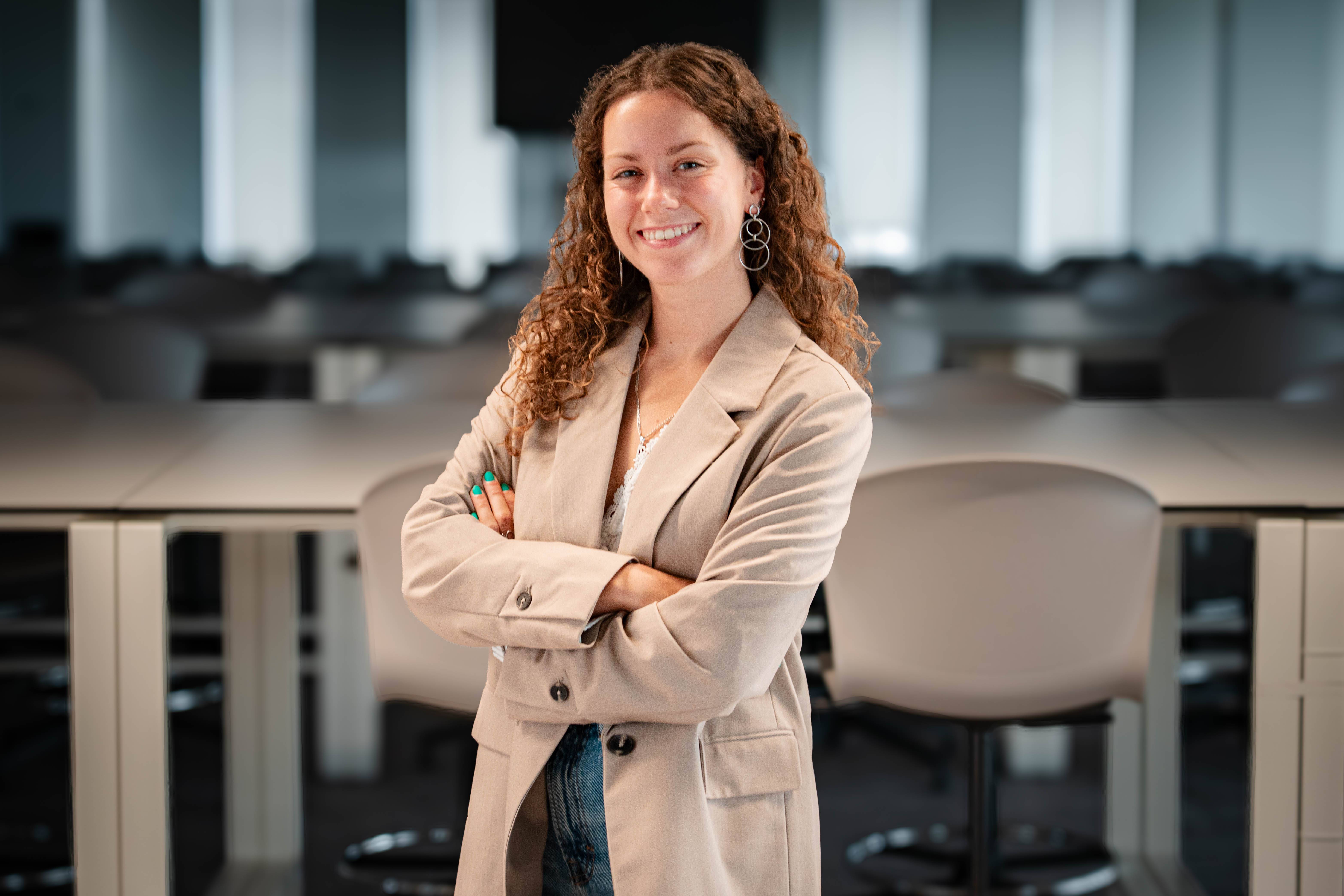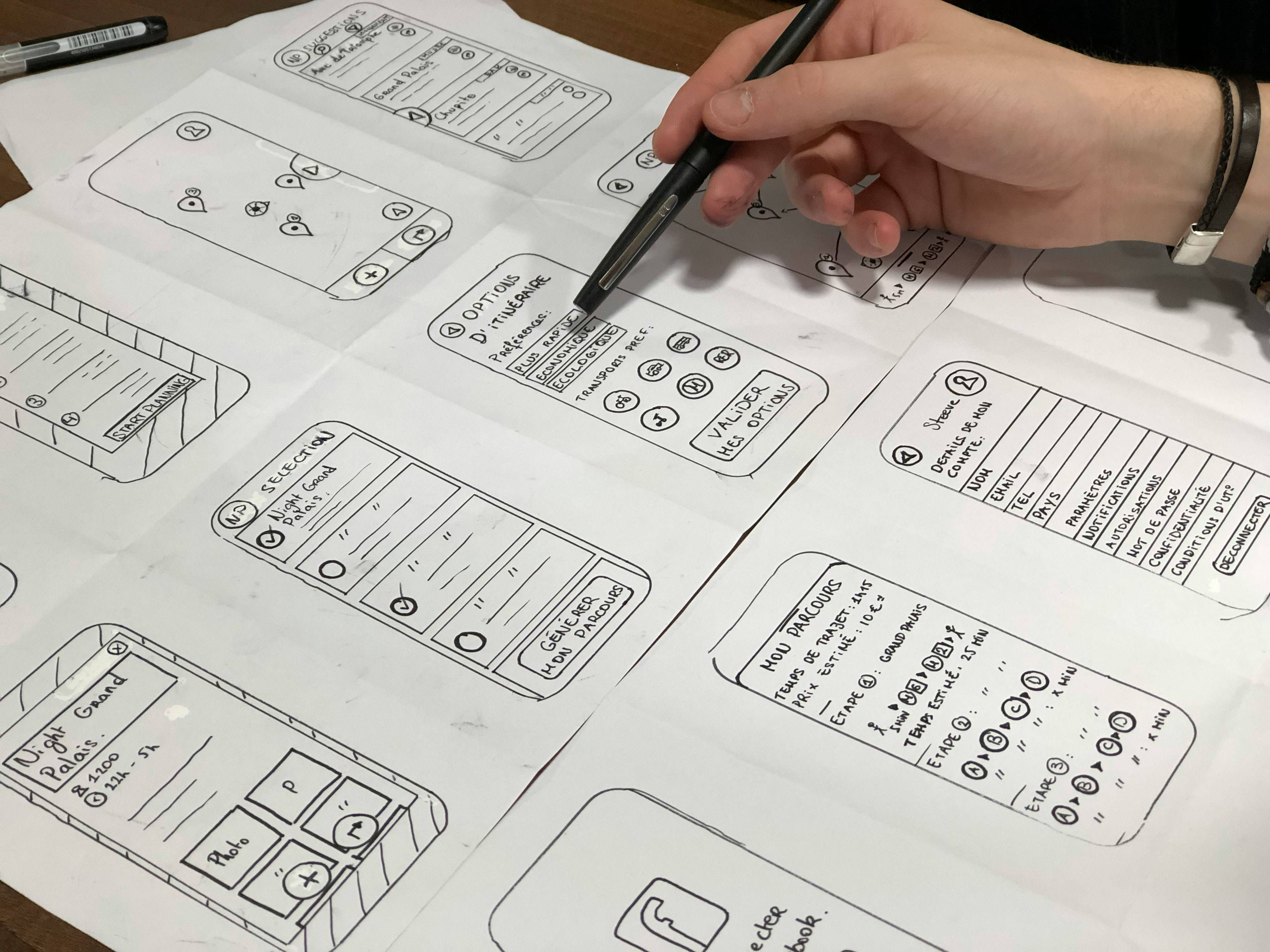UDIT celebrates Ada Lovalace Day: the first female programmer in history
This 14 October we celebrate Ada Lovelace Day, a day that recognises the achievements of women who have developed their careers in fields such as technology, science, engineering or mathematics.
Augusta Ada Byron, known as Ada Lovelace, was born in London in 1815 and became a revolutionary figure who anticipated computing by almost a century. Her collaboration with Charles Babbage on the"Analytical Engine" (it was a theoretical mechanical computer, with a "mill unit" - the processor - and a "memory" - the store - capable of performing automatic arithmetic operations) led her to write what we now consider to be the first algorithm in history.
It was not, of course, an algorithm in the modern sense of executable code, but a step-by-step description of how one could calculate Bernoulli numbers, a mathematical sequence related to the analysis and theory of numbers.
From number to programmable symbols
To achieve this, he first translated from French into English a technical article by the Italian engineer Luigi Menabrea on Charles Baggage's project. His contribution, however, went much further, adding an extensive set of "Notes" that tripled the length of the original text. In them, he not only explained the theoretical workings of the machine, but also anticipated concepts that today form the basis of modern programming, such as the idea that a machine could manipulate not only numbers, but any kind of symbol representable by logical rules.
In the last of these notes, Note G, he set out how the famous sequence could be calculated. To do this, he devised a structured procedure that specified the operations to be performed by the machine (addition, subtraction, multiplication and repetition of steps) in a particular order.
The proposed method required inputting data through punched cards, an input system inspired by Jacquard looms. In addition, it provided mechanisms to control the flow of execution, allowing certain instructions to be repeated or omitted depending on the results obtained, equivalent to the loops and conditionals of today's programming.
It also envisaged the possibility of storing intermediate results for later reuse, a fundamental idea in the design of any computer. Although the Analytical Engine was never built (basically because the technology of the mid-19th century was not ready), the conceptual clarity of Lovelace's algorithm laid the foundations of computer science as we understand it today.
Stricken with cancer of the uterus, Ada Lovelace died in 1852, when she was only 36 years old. During her illness, Ada spent her last years in seclusion, distanced even from Babbage and several intellectual friends who had accompanied her on an adventure that would end up defining much of 20th century technology.
Ada Lovelace's legacy connects naturally with the philosophy of UDIT, the University of Design, Innovation and Technology. Her vision reflects the same spirit that drives UDIT: understanding technology not just as a functional tool, but as a means to transform ideas into creative solutions.
From degrees such as Data Science and Artificial Intelligence, Mathematics and Computer Science to Full Stack Software Development, UDIT continues to explore the boundaries between the human and the technological, fostering curiosity and recognising Lovelace's example as an inspiration for new generations.









